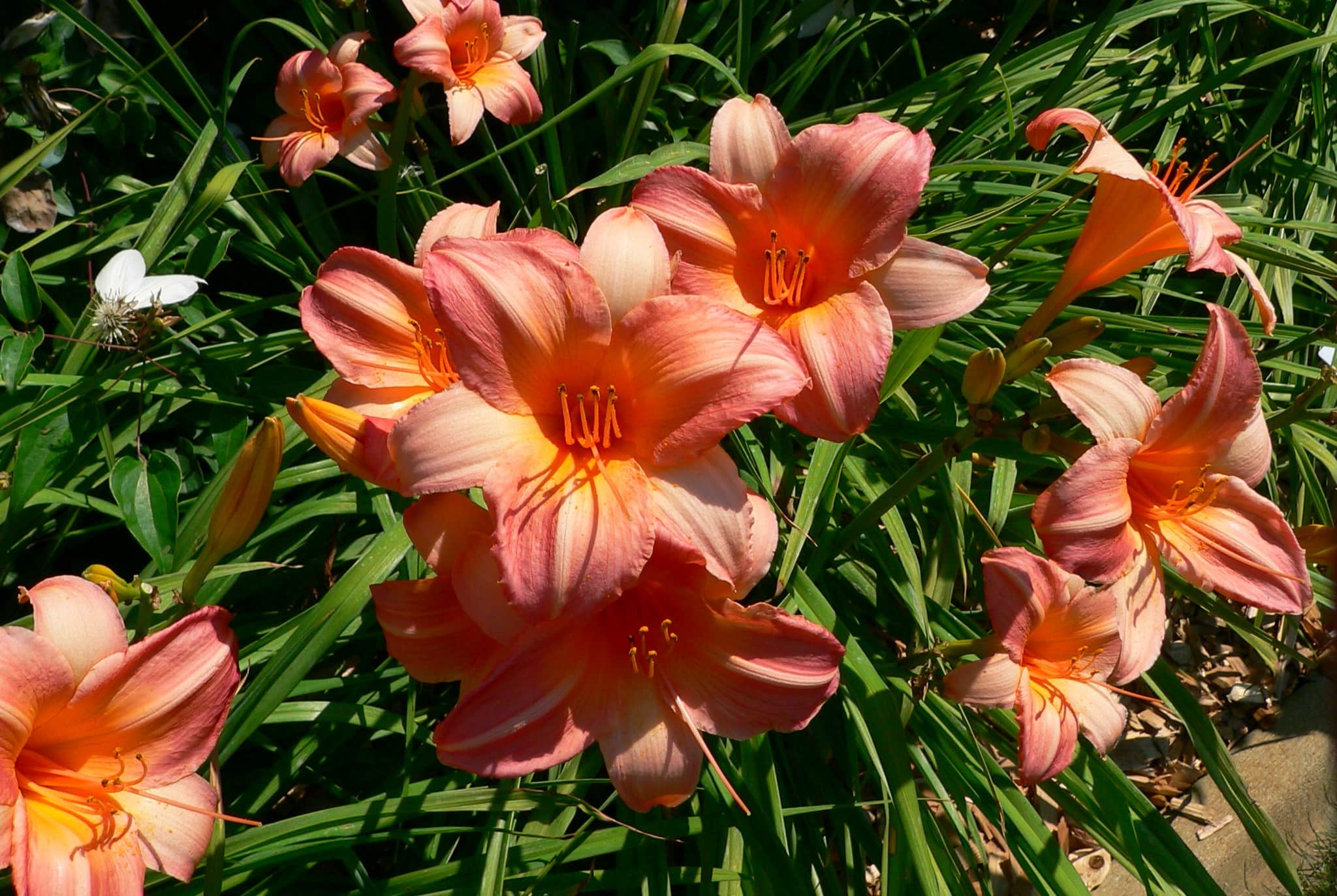
Daylilies are more than just pretty flowers in your garden. These resilient plants, known for their vibrant colors and unique shapes, have a rich history and a few surprising secrets. Did you know that daylilies aren't true lilies? Botanically, they belong to the genus Hemerocallis, which means "beauty for a day" in Greek. This name fits perfectly since each bloom lasts just one day. However, don't let that short lifespan fool you. A single plant can produce dozens of flowers over several weeks. Daylilies are also edible! Their petals, buds, and tubers can be used in various dishes. Ready to learn more about these fascinating plants? Let's dive into 15 intriguing facts about daylilies that will make you see them in a whole new light.
Key Takeaways:
- Daylilies are vibrant, low-maintenance flowers that bloom in a variety of colors. They symbolize motherhood in Chinese culture and have been cultivated for over 2,000 years, making them a fascinating addition to any garden.
- Daylilies are not true lilies and each flower only lasts for one day. They are edible and can be easily propagated, making them a versatile and cost-effective choice for gardeners.
What Are Daylilies?
Daylilies are vibrant, hardy perennials that brighten gardens with their colorful blooms. They are beloved by gardeners for their low maintenance and stunning appearance. Here are some fascinating facts about these beautiful flowers.
-
Daylilies belong to the genus Hemerocallis. The name Hemerocallis comes from the Greek words "hemera" (day) and "kallos" (beauty), reflecting the flower's short-lived bloom.
-
Each daylily flower lasts only one day. Despite their fleeting beauty, each plant produces multiple buds, ensuring a continuous display of flowers over several weeks.
-
Daylilies are not true lilies. Unlike true lilies from the Lilium genus, daylilies grow from fleshy roots rather than bulbs.
Varieties and Colors
Daylilies come in a dazzling array of colors and forms. This diversity makes them a favorite among gardeners and landscapers.
-
There are over 80,000 registered daylily cultivars. This vast number means there's a daylily to suit every taste and garden style.
-
Daylilies can be found in nearly every color. They range from vibrant reds and oranges to soft pastels and even near-black hues. However, true blue and pure white daylilies do not exist.
-
Some daylilies are fragrant. While not all daylilies have a scent, certain varieties emit a pleasant fragrance, adding another layer of enjoyment to their beauty.
Growth and Care
Daylilies are known for their resilience and ease of care, making them ideal for both novice and experienced gardeners.
-
Daylilies thrive in a variety of conditions. They can grow in full sun to partial shade and tolerate a wide range of soil types.
-
They are drought-tolerant. Once established, daylilies can withstand periods of drought, making them a great choice for low-water gardens.
-
Daylilies are resistant to pests and diseases. Their tough nature means they rarely suffer from serious pest or disease problems.
Historical and Cultural Significance
Daylilies have a rich history and cultural significance in various parts of the world.
-
Daylilies have been cultivated for over 2,000 years. Originating in Asia, they have been used for ornamental purposes and as a food source.
-
In Chinese culture, daylilies symbolize motherhood. They are often associated with maternal love and are a traditional gift for mothers.
-
Daylilies were brought to Europe in the 16th century. European explorers and traders introduced these flowers to the continent, where they quickly gained popularity.
Fun and Surprising Facts
Daylilies have some unique and surprising characteristics that make them even more interesting.
-
Daylilies are edible. Both the flowers and buds can be eaten and are used in various culinary dishes, especially in Asian cuisine.
-
They can be propagated easily. Daylilies can be divided every few years to create new plants, making them a cost-effective choice for gardeners.
-
Daylilies can adapt to different climates. They are hardy in USDA zones 3 through 9, meaning they can survive in a wide range of temperatures and conditions.
Final Thoughts on Daylilies
Daylilies are more than just pretty flowers. They’re tough, adaptable, and come in countless colors. These plants are perfect for both beginner and seasoned gardeners. They thrive in various climates and need minimal care. Plus, their blooms can last all summer, adding continuous beauty to your garden.
Daylilies also have a rich history and cultural significance. From their origins in Asia to their popularity in gardens worldwide, they’ve been cherished for centuries. They’re not just eye candy; some parts are even edible and used in traditional dishes.
Whether you’re looking to brighten up your yard or learn more about horticulture, daylilies are a fantastic choice. Their resilience and beauty make them a favorite among many. So, next time you see a daylily, remember there’s more to it than meets the eye. Happy gardening!
Frequently Asked Questions
Was this page helpful?
Our commitment to delivering trustworthy and engaging content is at the heart of what we do. Each fact on our site is contributed by real users like you, bringing a wealth of diverse insights and information. To ensure the highest standards of accuracy and reliability, our dedicated editors meticulously review each submission. This process guarantees that the facts we share are not only fascinating but also credible. Trust in our commitment to quality and authenticity as you explore and learn with us.


